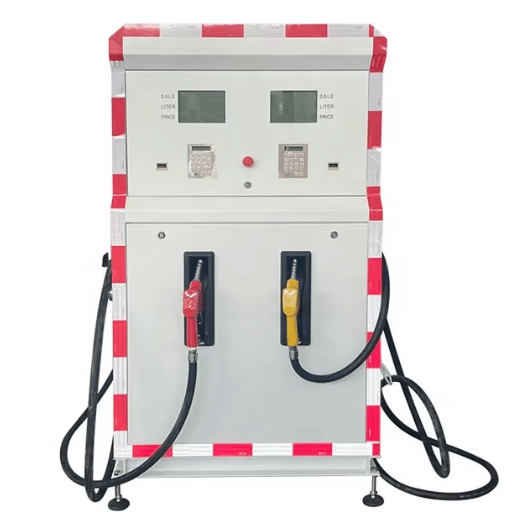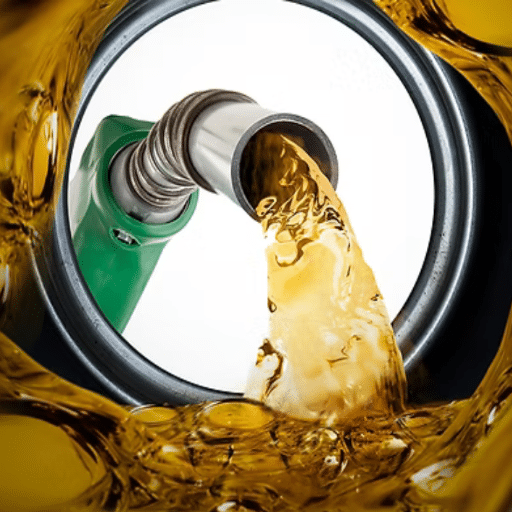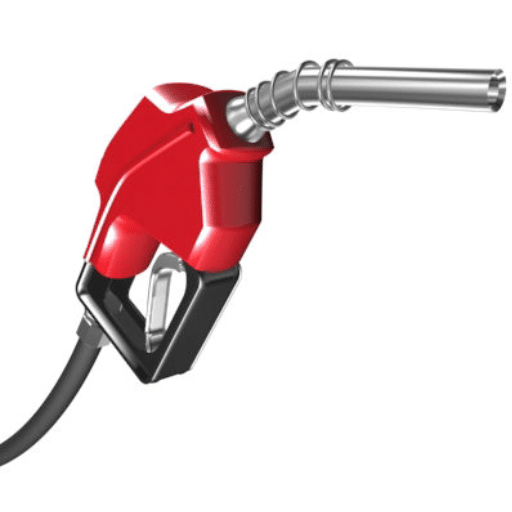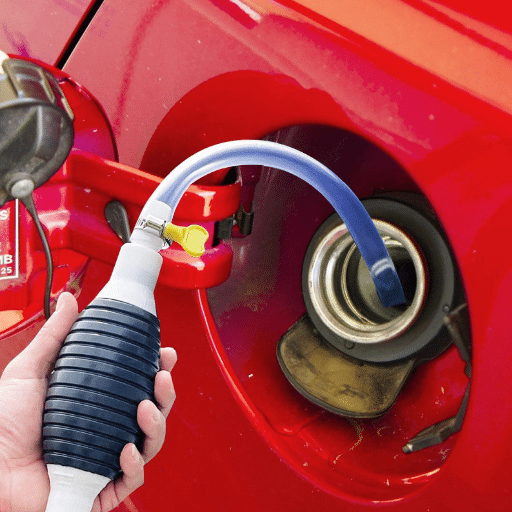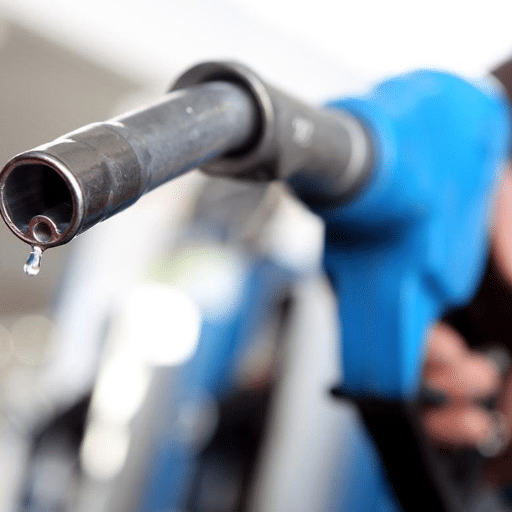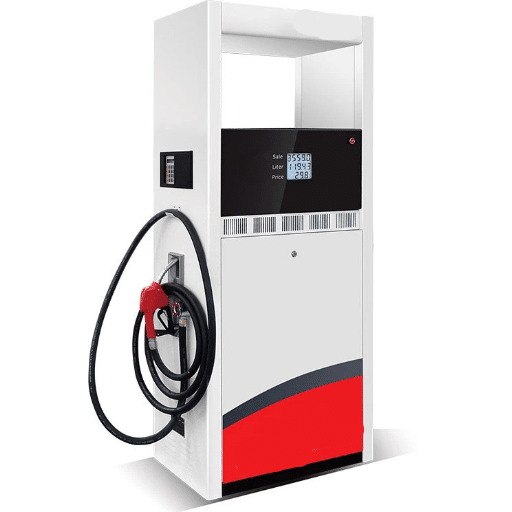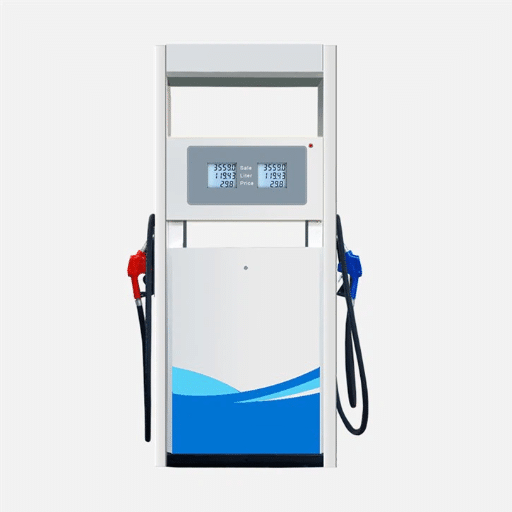The way we supply energy to our mighty machines is changing, and soon we may well witness the demise of traditional gas stations. A mini gas station is essentially the answer: small in size yet big in efficiency and ingenuity, serving the demands of a mobile population. The strategic intent behind designing these stations is to transform fuel and energy delivery systems, considering the demand for convenience, while also incorporating sustainability and technology integration. From urban commuters to long-distance travelers and even fleet managers, the new concept could revolutionize the entire refueling experience. This blog will explore what mini gas stations are, their benefits, and how they are poised to become the face of fueling infrastructure in a rapidly changing landscape.
Understanding Mini Gas Stations
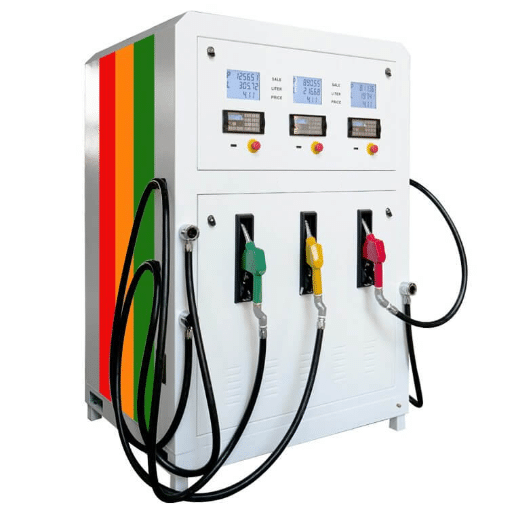
Compact units for gas supply, also known as mini gas stations, are specifically designed to provide fuel and energy to smaller, more accessible locations compared to regular gas stations. It presents itself as a more convenient and faster way to meet the modern demands of transportation, which are often actually a few spaces taken up inside a city. In general, mini gas stations offer access to fuel, wherever applicable, and emerging energy sources, such as electric vehicle chargers, thereby allowing a variety of vehicle types to utilize this service. Mini gas stations prioritize the shortest possible waiting time, efficiency of space, and green policies, adapting to business and customer needs, and changing the paradigm in the world’s transportation environment.
Definition and Concept of Mini Gas Stations
In essence, mini gas stations are designed as small filling stations to meet the growing demand for convenience and accessibility in modern transportation infrastructure. As these gas stations occupy less space compared to a typical one, they become an ideal setting in urban and densely populated areas with limited real estate availability. These stations are designed for the fast movement of vehicles, reducing congestion by offering fewer pumps and fuel options.
Modern trends suggest an accelerated infusion of technology into mini gas stations to enhance their functionality. The trend now integrates digital payment within these stations, such that some have real-time fuel monitoring and even entirely automated self-service. Another development is the transition towards accommodating EV fast chargers beside conventional fuel pumps, given the rise of electric vehicles. Industry reports have projected the EV charging infrastructure market to register a CAGR of over 25% for the next decade, which corresponds to the greening of power sources.
The sustainability efforts are another area where these mini gas stations have an impact. This is because they are usually cheaper to construct and operate, thereby reducing the environmental footprint. Some of these facilities generate clean energy using solar panels or may employ other forms of renewable energy to operate the station, shedding further light on green business practices. Thus, by design, mini gas stations focus on the adaptability, technology, and environmental awareness that are becoming important in the transformation of the transport and energy sectors.
Comparison with Traditional Fuel Stations
| Aspect | Traditional Fuel Stations | Mini Gas Stations |
|---|---|---|
| Construction Cost | $1 million to $5 million | Considerably less due to smaller footprint |
| Space Requirements | Large area, substantial funding | Compact, minimal space needed |
| Technology Integration | Manual systems during peak hours | Automated fuel-dispensing, cashless payments |
| Environmental Impact | Higher carbon emissions, land disruption | Lower emissions, solar panel integration |
| Flexibility | Difficult to retrofit for EV charging | Easy adaptation for alternative fuels |
Cost, efficiency, and environment: the comparisons highlight several diametrically opposite points between large fuel stations and mini gas stations. Some modern mini gas stations incorporate automated fuel-dispensing systems and cashless payment options to save customers time and effort. Larger, traditional counterparts, on the other hand, might rely on manual systems during peak hours, which can delay service to customers. Another innovative addition to modern mini stations is the use of clean energy, utilizing solar panels to generate electricity, thereby reducing reliance on polluting energy sources —a feature relatively uncommon in traditional fuel stations.
Benefits of Having a Mini Gas Station
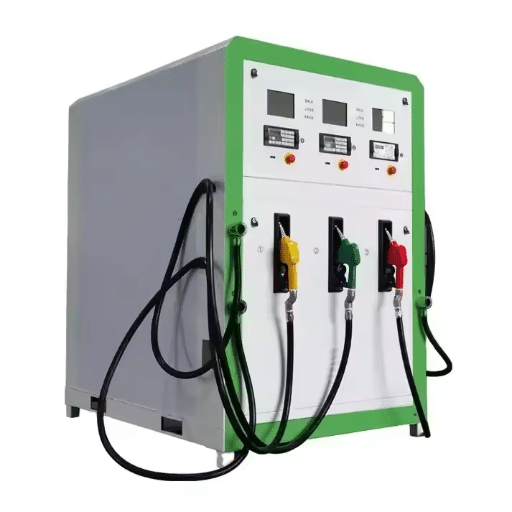
$
Cost-Effective Operation
Mini gas stations generally require lower initial investments and operational costs, compared to a classic fuel station. With smaller footprints and minimal infrastructure, they are more affordable to set up and maintain, making them appealing to any businessperson or entrepreneur interested in entering the energy retail market.
⚡
Convenience and Accessibility
The utility of such stations lies in their ability to fill gaps for local communities and commuters in urban and semi-urban areas by providing quick and easy refueling. Mini stations fill an essential gap as larger ones are often too bulky for these densely populated localities, thus granting convenience to customers who are in a hurry to get their fuel.
⚙️
Flexibility and Scalability
Mini gas stations offer flexibility in design and installation. They can be customized to match specific locations, serving different customer demands. These stations, however, have modular construction that can serve as either scaling or upgrading factors over time and in response to changing market demands. This provides long-term adaptiveness.
🌱
Environmentally Friendly Design
Mini gas stations use eco-friendly technologies such as solar panels, energy conservation measures, and sometimes EV chargers. They are also often smaller in size, which, when considered on a carbon footprint scale, makes them greener options compared to traditional stations —an aspect much appreciated in the sustainability movement.
🏘️
Boost to the Local Economy
Mini gas stations provide a few job opportunities, support local businesses, and all contribute to the overall economic development of the community. Their presence can encourage local trade and generate steady monetary benefits for the people residing near them.
Addressing modern transportation needs in an efficient, accessible, and environmentally friendly manner is thus a worthwhile investment in this evolving energy landscape.
Components of a Mini Gas Station
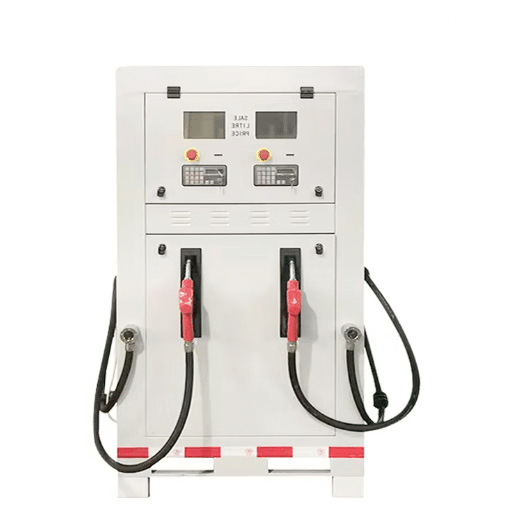
⛽ Fuel Storage Tanks
Fuel should be stored away from the surface, either underground or aboveground, with proper containment and safety regulations in place.
🔧 Fuel Dispensers
Permit fuel access to vehicles, permitting a speedy refueling process.
💳 Payment Systems
Modern payment methods, such as card readers and contactless payments, are available alongside cash handling systems in some places for added convenience.
🏠 Canopy and Lighting
Keep customers dry while illuminating the area for safety and accessibility.
🌱 Eco Friendly
Solar panels, LED lighting, and vapor recovery systems may be included as eco-considerations.
📋 Signage and Branding
Pricing, directions, and branding, all clearly written/signaled to be visible to people passing by, shall adorn the location.
Mini gas stations rely on these core components to operate efficiently and maximize convenience for travelers.
Essential Equipment and Accessories
For a mini gas station to function adequately, various types of equipment and accessories are necessary for operations, along with effective customer service. The following is a brief description of the required components:
-
🔧 Fuel Dispenser and Pumps
A fuel dispenser should always be of good quality to ensure efficient fuel delivery. Additionally, modern pumps often feature a digital interface that allows for either easy distance measurement or integration with various payment methods.
-
⛽ Storage Tanks
Secure and strong underground storage tanks or above-ground tanks for fuel should be installed. These tanks should be environmentally safe and compliant to prevent leaks or contamination.
-
📊 Fuel Management System
Fuel management systems integrated here can provide valuable data on fuel levels, sales, and irregularities, thereby supporting overall efficiency and inventory control.
-
💳 POS Systems
New POS terminals offer multiple payment options to customers, including cash, credit cards, and mobile wallets. These systems also keep sales transaction records and organize sales reports.
-
🔥 Lighting and Safety Equipment
Proper lighting provides safety at night. Fire extinguishers must be installed, emergency shut switches for sudden accidents, and spill kits to respond to any kind of spill-induced incident.
-
💨 Air and Water Stations
Air stations or air pumps for tire inflation, as well as water stations to wash off dust from windshields, are essential convenience elements that contribute to a pleasant experience for prospective customers.
-
🏠 Canopy or Weather Protection
An entertaining canopy or weather protector for equipment and customers can definitely work wonders in providing comfort and smooth operations throughout the year.
These aforementioned basic facilities featured in primary leading sources would make the very foundation for a reliable, accessible, and eco-conscious mini gas station.
Logistical Issues in Fuel Supply and Storage
The fuel supply chain is a complex process that involves extracting, refining, transporting, and storing fuel before it reaches the consumer. One of the main logistical challenges is the uninterrupted availability of fuel in the face of growing demand or geopolitical disruptions. For instance, diplomatic crises or trade embargos can disrupt routes and lead to delays or shortages.
Storage Risks
500+ Cases
of underground storage tank releases per year in the U.S.
Environmental Impact
High Risk
of groundwater pollution from fuel spills
Additionally, storage units must maintain safety and regulatory standards related to health and environmental protection. Hence, the industry asserts that improper storage is a significant contributor to fuel spills, resulting in ecological contamination. For example, in a single year, the U.S. Environmental Protection Agency (EPA) identified more than 500 cases of underground storage tank releases, indicating that groundwater pollution remains a high-risk area.
Moreover, demand seasonality presents yet another challenge. Under heavy usage, fuel storage infrastructure has to bear high throughputs while maintaining a high level of operational efficiency, for example, during summer travel or severe winters. Yet more complications arise with the gradual adoption of cleaner fuels such as biofuels and hydrogen, which necessitate changes in distribution and storage infrastructure according to their differing chemical properties.
🚀 Modern Solutions
Logistics challenges are now being faced with emerging technologies and digital tools, with some solutions already implemented. Automated monitoring could thus help with scheduling fuel inventory, avoiding both overstocking and understocking. With predictive analytics incorporated into these systems, smoother planning can be achieved while minimizing downtime to ensure supply chain resilience. Tackling such logistical problems will help fuel suppliers to ensure an uninterrupted supply in response to market demands.
Customer Acceptance and Behavior
Acceptance and behavior of end consumers carry the weight of determining the fate of new fuel supply technologies. Studies have shown that from the consumer’s perspective, the more apparent the benefits are, such as cost savings, enhanced efficiency, and environmentally friendly results, the more willing they are to adopt an innovative solution. For example, recent statistics indicate that around 70% of consumers prioritize green initiatives, which is driving the growing push towards sustainable energy practices.
Green Priority
70%
of consumers prioritize green initiatives
Digital Adoption
30% Growth
in digital interaction solutions usage
Behavioral trends further demonstrate that transparent communication and education are key to customer acceptance. Consumers want to know how a brand, new technology, or service applies to their quality of life, value, eligibility, or loyalty. They tend to trust those brands that offer these customers a profound insight. In addition, the past year has witnessed a 30% growth in user adoption of digital interaction solutions, including mobile apps for fuel consumption and tracking. That solidly positions tech-savvy solutions.
Success Factor: Aligning technology developments to consumer concerns and maintaining open channels of communication will, in turn, enhance the acceptance levels, thereby wooing them towards long-term loyalty and satisfaction.
The Future of Mini Gas Stations
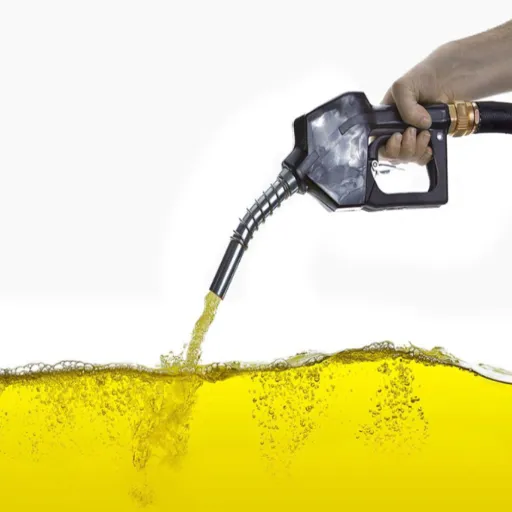
Adaptability, innovation, and focusing on customer needs define the future of mini gas stations. The rise in electric vehicles and other fuels will demand an upscaling of mini gas station operations, with electric charging points being a prime offering alongside other fuels. Offering convenience via speedy payment systems and compact designs will be another pertinent factor. The technical collaboration between providers and green-energy initiatives will remain important in a rapidly evolving arena. The ability to resolve logistical problems and adapt to changing customer preferences will almost certainly determine their success in future years.
🌟 Key Success Factors for Future Mini Gas Stations
Adaptability
Innovation
Customer Focus
Innovations in Mobile Fuel Stations
The latest innovations in mobile fuel technology show the advances in how it responds to consumer demands for access, efficiency, and sustainability. One of the most radical shifts to have occurred was the advent of IoT (Internet of Things) technologies. An IoT-enabled mobile fuel station can monitor fuel levels in real-time, thereby ensuring efficient inventory management and predictive maintenance that can help reduce downtime in operations for continuous, uninterrupted delivery.
IoT Integration
Real-time fuel monitoring, inventory management, and predictive maintenance for continuous operations
Mobile EV Charging
Fast-charging capabilities providing 80% charge in just 30 minutes for electric vehicles
Sustainable Power
Solar panels and renewable energy sources with compact, foldable components
Advanced Payments
Contactless payments, mobile apps, and blockchain transaction systems
📈 Market Growth Projection
With the rise of EVs, another mobile charging unit is being developed. They now cater to electric vehicle owners, some of which have fast-charging capabilities, providing an 80% charge in just 30 minutes. For example, in areas of heavy urban traffic, portable charging services have expanded to meet the rising demands that accompany EV adoption. According to industry statistics, this indicates, on the contrary, that the global EV charging market may grow at a CAGR of more than 30% from 2023 to 2030, suggesting that the requirements of mobile stations must be adjusted concomitantly.
Together, these represent the bigger picture where smarter, greener, and more customer-prioritized mobile fuel stations are steadily emerging, ensuring that a bright, shining future awaits this evolving sector.
Trends in Fuel Consumption and Sustainability
Assuming the trends in fuel consumption and sustainability are predominantly influenced by the ever-present drive for cleaner energy options and environmental consciousness, we are witnessing a paradigm shift toward electric vehicles and hybrids, while also reducing reliance on traditional fossil fuels. In parallel, continual developments in biofuels and hydrogen fuel keep these sustainable options relevant. I personally consider this transition to be one of the key pillars in combating climate change and reducing carbon footprints, thereby creating scope for innovation in the energy sector.
Potential Growth Areas for Micro Gas Stations

Urban Areas with Limited Space
Micro stations are ideal for high-density urban areas with limited real estate, where traditional fuel stations struggle to find suitable spaces. Small and compact enough to meet the needs of city dwellers while occupying as little space as possible.
Rural Areas with Few Fueling Facilities
Another growth prospect for micro gas station operators is providing service in rural areas that generally lack conventional filling stations. Micro gas stations could provide communities with an essential service of fueling, making it more accessible and convenient for them.
Integration with Electric Charging and Hybrid Models
With electric vehicles emerging as a leading trend, hybrid stations offering both traditional fuels and electric charging appear to be a promising avenue for growth. In fulfilling multifaceted needs, micro-stations could then begin to associate with the ascendant sustainability movement.
On-Demand Mobile Fueling Services
The on-demand culture of delivery has now permeated the fuel services sector. Where mobile micro gas stations can actually deliver fuel to the customer or business, this convenience undermines the need for any physical presence on the customer’s part.
Partnerships with Retail and Logistics Companies
If micro gas stations can partner with retail stores, e-commerce, or logistics firms, then customized fueling solutions can be offered by the micro gas stations. This would enable the establishment of micro stations at warehouses or distribution centers that can aid last-mile delivery networks.
🎯 Strategic Conclusion
Hence, by capitalizing on these opportunities, micro gas stations can carve out a significant niche in the evolving fuel and mobility market, where convenience and sustainability are paramount.
🚀 The Road Ahead
Mini gas stations represent more than just a compact alternative to traditional fuel infrastructure—they embody the future of energy distribution. As we move toward a more sustainable, technology-driven world, these innovative stations will play a crucial role in bridging the gap between conventional fueling and the clean energy revolution. Their success will depend on embracing adaptability, prioritizing customer needs, and staying ahead of technological and environmental trends.
Reference Sources
“The Influence of Service Quality and Location on Fuel Purchase Decisions at COCO Gas Stations”
“A Mini Review-Investigation and Study of Risks in Oil Pipeline Construction Substations”
Frequently Asked Questions (FAQs)
What is a mini gas station?
A mini gas station, also known as a small gas station, is a small fuel dispensing point where gasoline, diesel, and other petroleum products are sold. They are constructed to provide a quick service and generally have a convenience store.
How can a portable fuel station benefit my business?
A portable fuel station enables fuel-fetching services to be provided on the go, offering all the flexibility and convenience of a mobile fuel-fetching service for other companies. With features such as easy movement, small sizes, and easy setup at various points of interest, a perfect selection could be for construction sites or remote areas.
What types of fuel can be dispensed at a gas filling station?
Most gas filling stations, including mini gas stations, offer a variety of fuel types, such as gasoline, diesel, and sometimes alternative fuels, depending on supplier requirements and local market demand.
Are portable gas stations safe to use?
Portable gas stations are designed to provide a safe environment for the user. Many types of portable gas stations come equipped with various features, including an explosion-proof system, adequate ventilation, and alarms that indicate when the gas level is too high. Adhering to the manufacturer’s instructions is essential to guarantee safety.
What should I consider when selecting a portable fuel station?
When purchasing a portable fuel station, consider the quality of construction, a reliable gas pump, a high-quality refueling machine, and safety features such as a breathing valve and emergency stop control. Additionally, assess the storage tank’s capacity in relation to your needs.
Can a mini gas station serve motorcycles?
Yes, many mini gas stations offer specialized nozzles for motorcycle refueling, ensuring a convenient refueling process for motorcycle riders and adding significant functionality to the service station.
What is the role of a control system in a portable fuel station?
Control systems are crucial for managing a portable fuel station, including accurately measuring and dispensing fuel through the gauge and meter, as well as providing electronic safety alarms and interlocks to ensure safe operation.
What is a skid-mounted fuel station?
A skid-mounted fuel station is a mobile fuel station with a skid as its base, featuring facilities for storing and dispensing fuel. Primarily serving sites such as construction or engineering stations in remote locations, skid-mounted fuel stations feature a compact design for storing and dispensing fuels.
Where can I find suppliers for mini gas stations in the Philippines?
Several suppliers in the Philippines offer mini gas stations and related equipment. It is best to conduct a thorough search for local companies offering high-quality products at competitive prices, as well as those that conform to industry standards and requirements.

